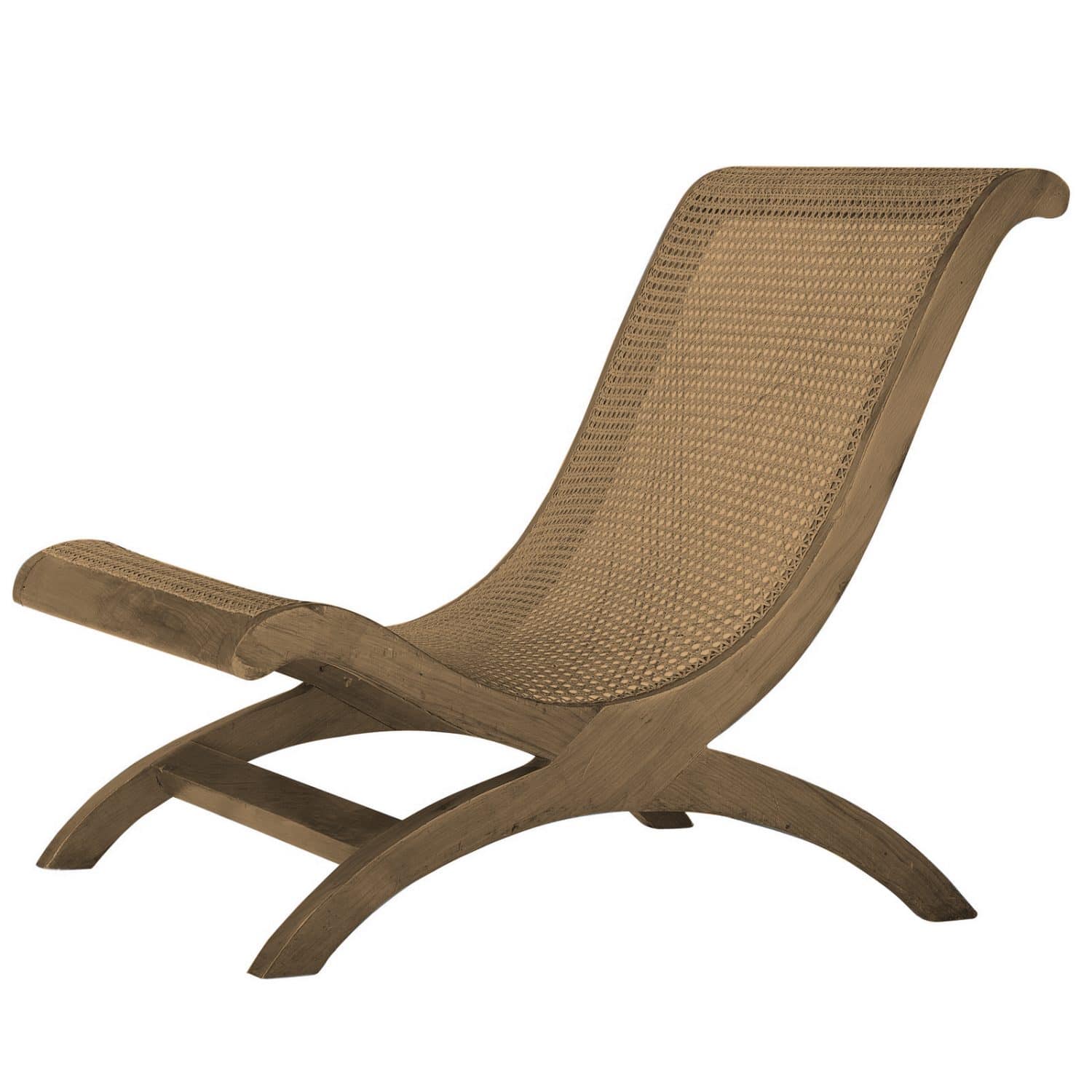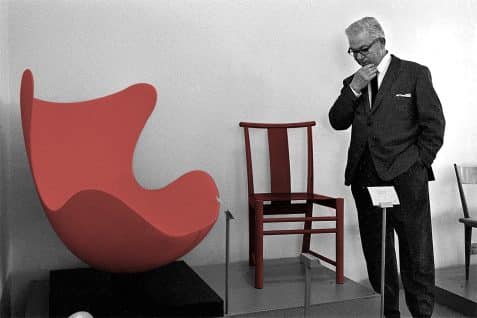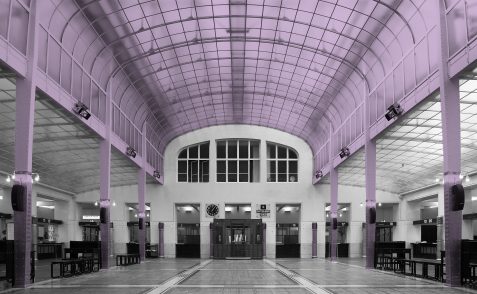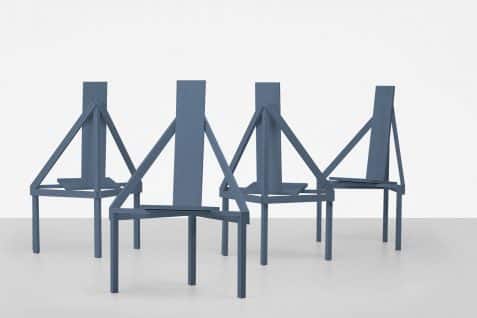INTERIOR
Living Design #Clara Porset
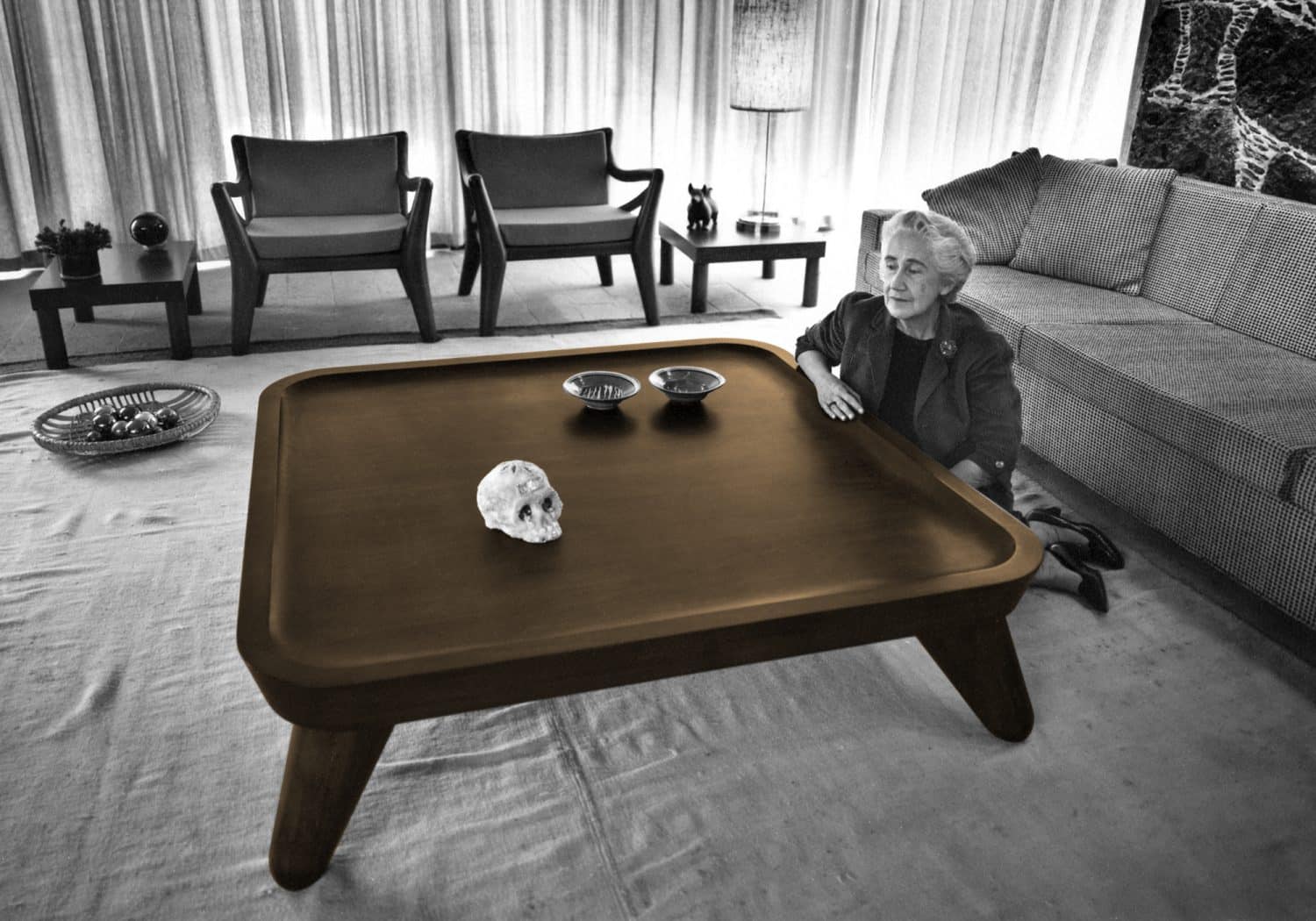
The architect and designer Clara Porset was a paradigmatic representative of the so-called Third Generation of Modern Architecture, which recovered the value of vernacular tradition and craftsmanship and incorporated them into the heritage of modern architecture and design.
Born in Cuba in 1895, she began her studies in New York, to later study Architecture in Paris with the architect Henri Rapin. Later, on the recommendation of Walter Gropius, she studied basic design and furniture design at Black Mountain College, heir school to the Bauhaus run by Josef and Annie Albers, with whom she would maintain a long friendship.
Furniture design implies - like architectural design - a special sensitivity to the climate of a region, its natural materials, its technical progress, its social transformations, and the evolution of its aesthetics and customsClara Porset y Dumás, “Diseño viviente”, Revista Espacios, nº16, Mexico DF, 1953.
Due to her political commitment, she had to leave Cuba and go into exile to Mexico, where she married the muralist painter Xavier Guerrero, a friend of Diego Rivera and Frida Kahlo. Together with him, she became interested in indigenous arts and crafts, combining them with the simplicity of the Modern Movement.
Her work in Mexico was focused on furniture design. One of his pieces was awarded in the Organic Design for Home Furnishing contest, organized in 1941 by the MoMA in New York. In the 1950s she collaborated with the most renowned architects in Mexico, designing the furniture for their homes. With Luís Barragán he designed the famous Miguelito armchair, used in his studio’s house, the furniture in the Prieto López house, the Gálvez house or the gardens of the Pierre Marques hotel in Acapulco. He also designed an armchair for Max Cetto’s house and the set of furniture Presidente Alemán housing estate by Mario Pani.
Back in Cuba, she designed the furniture for most of the educational institutions founded after the revolution, such as the Camilo Cienfuegos School City, the National School of Art, the School of Modern Dance, the School of Plastic Arts or the rectory of the University of Havana.





